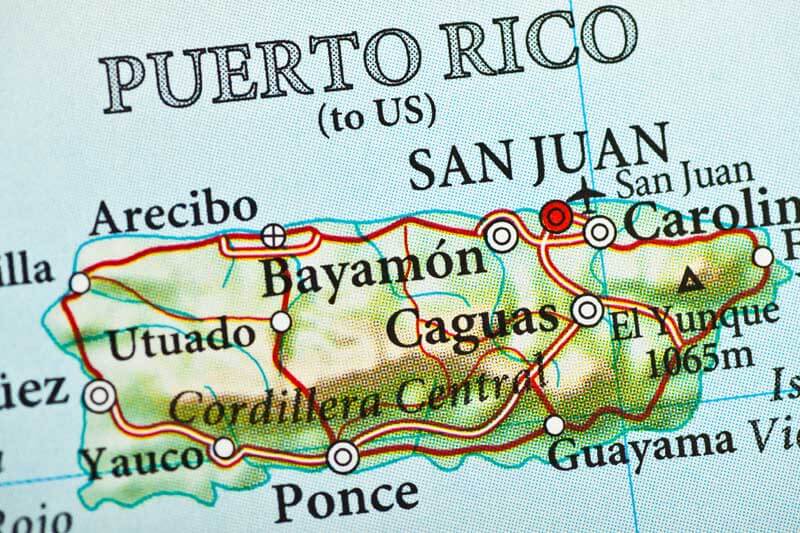Background challenges
The size and scope of this energy-rich region presents safety challenges for companies that operate there. Operators service wells daily by driving long distances in all types of weather and frequently work with hazardous materials. This multinational onshore gas producer experienced a driving incident every ten days in 2008, helping push it into the last place in its North American Onshore Operations in terms of safety. As a result, the managers in charge of North America challenged the San Juan operation to “cut incidents in half” in 2009.
On top of the safety challenges the operation was facing in 2009, the year also was challenging economically. “We were in a tight cost environment,” the company’s Safety Excellence Team sponsor noted.
Client goals
The company turned to JMJ Associates to help meet its goal of reducing incidents and injuries by 50% in 2009. While the company had its own way of approaching the challenge, JMJ’s IIF workplace safety approach provided the foundation for the company’s program and embodied one of operation’s top values. A company executive said, “My hope is that 2009 forms the foundation for a sustainable step change in keeping our employees and valued contract partners incident and injury-free every day.”
In brief, the operation’s goals were to
How JMJ helped
JMJ contributed to this effort with a customized offering that focused on four areas
- Alignment with Contractors –In this asset, 80% of all work is done by contractors. Partnering with contractors around the issue of safety is seen to be the most significant leverage point for creating IIF safety performance. JMJ co-designed and co-led two, 2-day Safety Leadership Workshops over the course of 12 months for up to 80 contractor and operator personnel at each session. The workshops created the broad bond of trust between the operator and its contractors that was seen to be foundational to any high-performance safety effort. In addition, the workshops provided leadership training and leadership tools that contractors stated enabled them to be so successful.
- Bottom-Up Leadership Safety –Senior managers targeted bottoms-up leadership as the second most significant leverage point for creating IIF safety performance. As such, they created a Safety Excellence Team (SET) made up of 15 front-line personnel. The purpose of this team, in part, was to develop its personnel as leaders for safety throughout the asset. JMJ provided monthly coaching to members of this team to develop their ability to influence their own work teams, as well as other “tagged” teams in the operation. (Each member was responsible for engaging with two operational teams monthly.) The SET established priorities, took action and began to be seen as the sounding board for most safety issues. The executive sponsor said of the SET, “One of the objectives of the Safety Excellence Team was to help build a network of safety champions within the line organization—JMJ was instrumental in helping us do that within that structure.”
- Senior Management Guidance –Senior managers met monthly to discuss HSSE issues. JMJ participated in these meetings, helping the team create four key strategies for the year. As the executive sponsor said, “We used JMJ to help provide guidance to the steering committee and clarify its role to be more concerned with strategy and the bigger picture of what we needed to do.”
- Individual and Group Coaching –JMJ conducted individual monthly coaching sessions with key people involved in this safety effort. These structured coaching sessions were an hour in length, involved homework and were viewed as a key resource in increasing the person’s effectiveness as a leader for safety. The chairperson of the SET wrote, “A quick note to express my appreciation for the coaching I received from Michael Huvane over the past year and a half. He is an outstanding leadership coach. I have benefited greatly from the coaching, both for leadership and as a meeting facilitator in my position as SET Chairperson. I see great value in his service and hope that he is available to the SET members in the future. I look forward to his continued participation quarterly with the SET.”
Results
The operation did halve its recordable injury rate per its goal, reducing recordable injuries from 1.04 to 0.47. Additionally, its High Potential (HiPo) Incident rate fell from 5 to 1. In short, the operation went from “worst to first,” transforming itself from having the worst personal safety record in North American Onshore Operations in 2008 to the best in 2009. Business performance improved as well—from a loss-making position in 2008 to cash positive for the whole of 2009.


